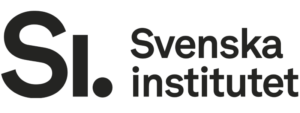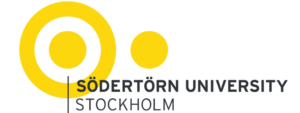Dina and other Iraqi activists who were also working on different social media platforms came up with the idea to found the Iraqi Network for Social Media (INSM) in 2011. INSM is in the process of registering as a non-governmental organization (NGO). INSM was created so that bloggers from all over Iraq can exchange skills and knowledge, and come up with different collaborative online campaigns benefitting Iraq.
Today, the INSM includes around 300 members in the network, around 250 men and 50 women. All of them are volunteers. Dina explains that the need for this initiative is related to the US occupation of Iraq in 2003 and also that the downfall of the regime after was followed by access to the internet in Iraq.
Dina recalls that “there was this prejudice about the Iraqi society being backward, so we wanted to show the positive image of Iraq and its people to counter the negative images broadcasted about war.” The founding of INSM, according to Dina, was motivated by “the need of the Iraqi street to broadcast its voice to the outside world.”
The interests of the media activists at INSM are diverse and include social justice activism, and women’s rights activism. “At the beginning, we suffered for the sacristy of female activists, but currently, more and more women are joining us and breaking the taboos of the Iraqi society,” says Dina.
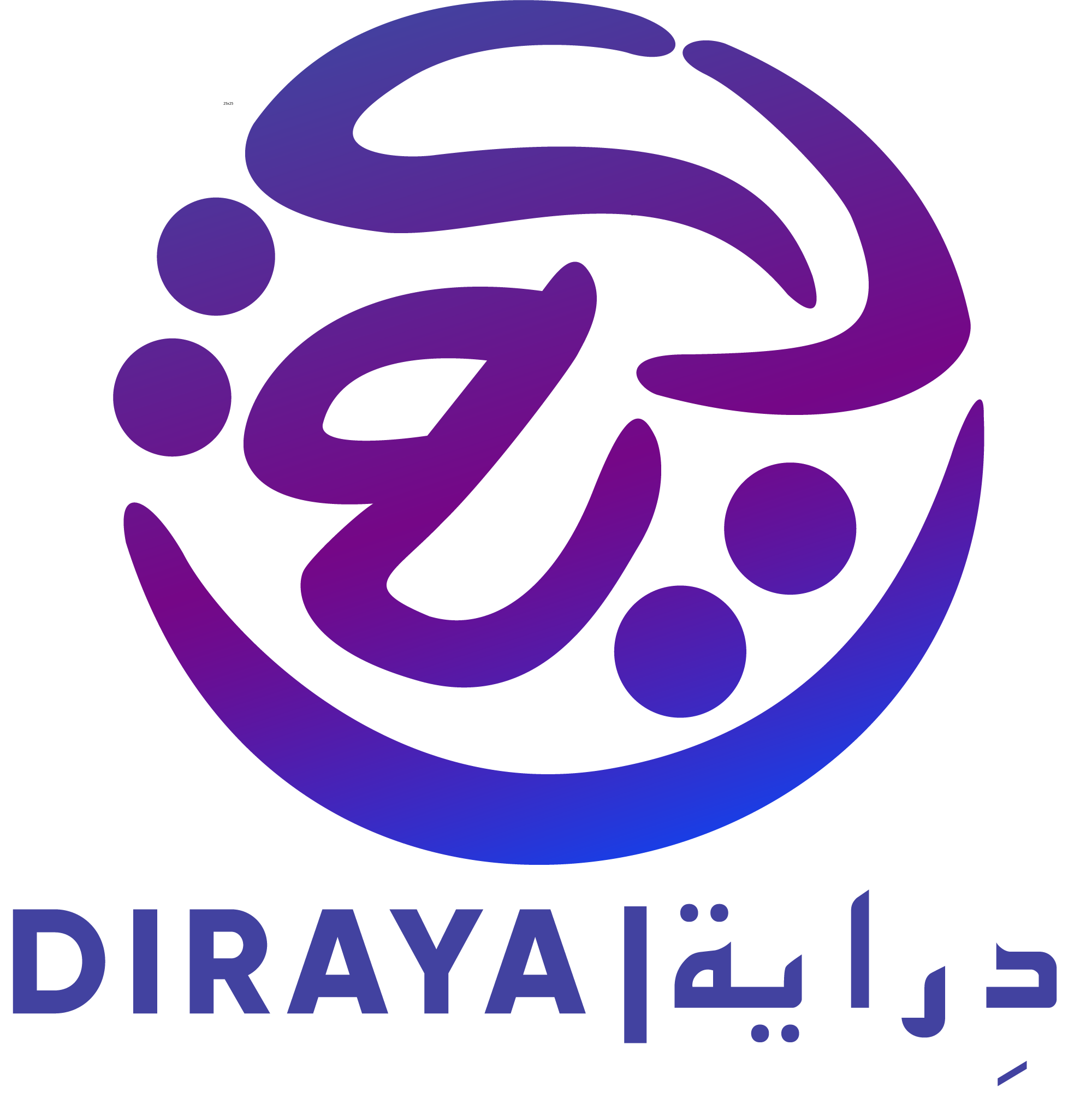
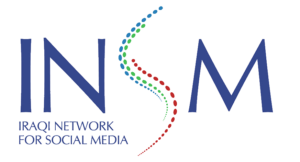
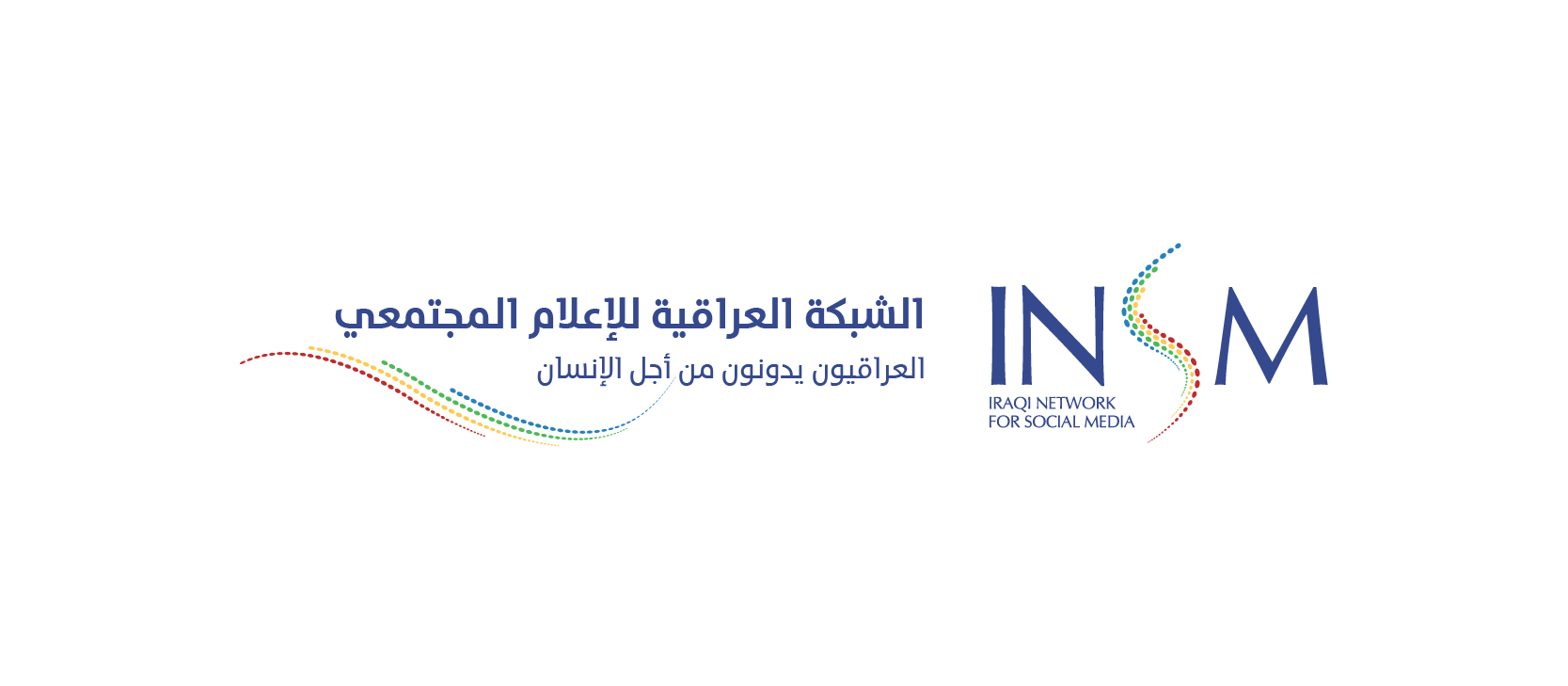


 Dina studied French at the University of Baghdad. She did not major in media, journalism, or communications herself but friends in journalism studies inspired her to become a media activist. In the beginning, she used to blog and wrote instinctively without prior training.
Dina studied French at the University of Baghdad. She did not major in media, journalism, or communications herself but friends in journalism studies inspired her to become a media activist. In the beginning, she used to blog and wrote instinctively without prior training. 



